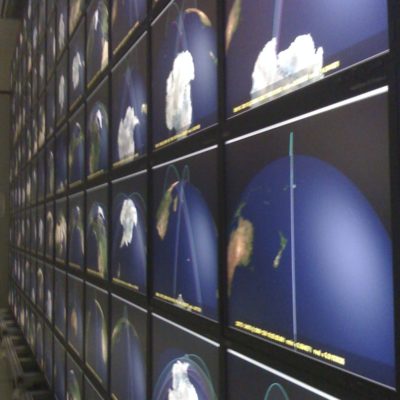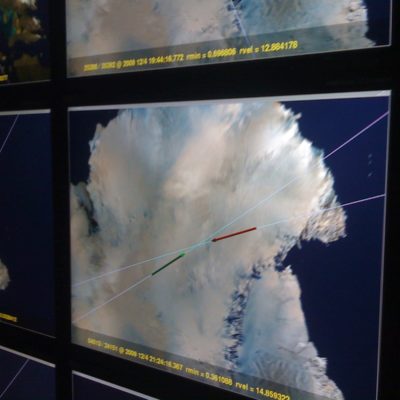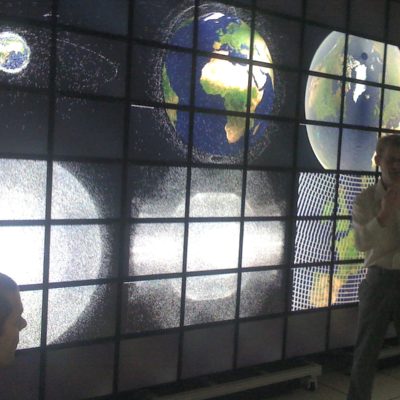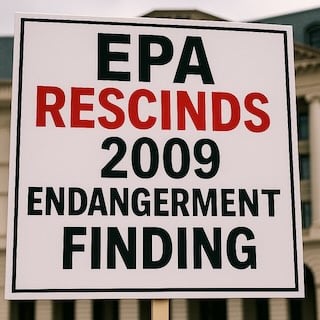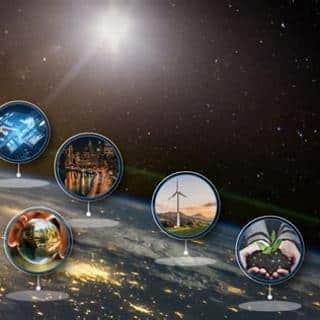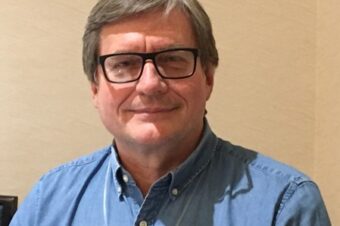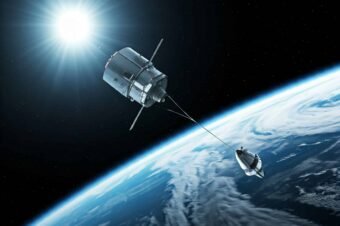LightForce Maui presentation at Amostech Conference
Jan Stupl presented a paper at AMOS Conference Sept 10, 2014 entitled “LightForce Photon-Pressure Collision Avoidance: Updated Efficiency Analysis Utilizing a Highly Parallel Simulation Approach”
It’s not just Earth that needs protection from collisions; we have launched billions of dollars’ worth of cutting-edge technology into orbit, including satellites, telescopes and the huge International Space Station (ISS), and there is real concern for the safety of this equipment from the threat of space debris collisions.
Earth’s orbit is becoming increasingly crowded. Low Earth orbit (LEO) in particular is littered with dead satellites, spent booster stages and innumerable other debris. Some estimates suggest that there are approximately 11,000 objects with a diameter larger than 30 cm; 100,000 objects with a diameter between 10 and 30 cm; and millions of smaller objects in orbit.
Each of these objects poses a serious risk to current operations in space – and if nothing is done, the problem could get much worse. The fear is that each collision could create more potentially damaging debris, triggering a chain reaction of collisions until a critical point is reached and the amount of orbital debris increases exponentially.
This is known as the Kessler Syndrome – proposed by NASA scientist Donald Kessler in 1978 – in which we reach a state where space exploration and operation are rendered impossible due to huge debris belts orbiting the Earth.
“If not mitigated, the problem of collisions with orbital debris in space will continue to damage and destroy satellites – and other space missions, like the ISS – in Earth orbit,” said Creon Levit, chief scientist for programs at NASA Ames Research Center in California. “With each collision producing thousands of new pieces of space debris, the result over the long term (around 100 years) could make space operations and space travel impossible.”
Some reports suggest that this could already be under way and that stabilizing the LEO environment at current levels would require the ongoing removal of at least five large debris objects per year going forward.
LightForce is a project devised at the NASA Ames Research Center as a novel way to prevent collisions in orbit using photon pressure alone. Using a medium-powered ground-based laser in combination with a ground-based telescope, debris would be nudged out of the way of a collision.
Applying laser light over multiple engagements could slow or prevent the orbital debris cascade from taking place and provide protection for satellites that lack onboard propulsion.
“Our proposal nudges debris, using momentum from a laser beam generated on the Earth, so as to avoid impending collisions,” Levit said. “All large debris and satellites are tracked already, and when close approaches (conjunctions) are predicted, a couple of LightForce stations on the ground, each consisting of a 10- to 15-kW laser and a 1- to 2-m telescope, illuminate the debris as it passes overhead. The momentum imparted to the debris, in this way, can change its orbit sufficiently to avoid the predicted collision.”
To learn more about LightForce at NASA Ames Research Center
To Learn more about AMOS Conference Maui
